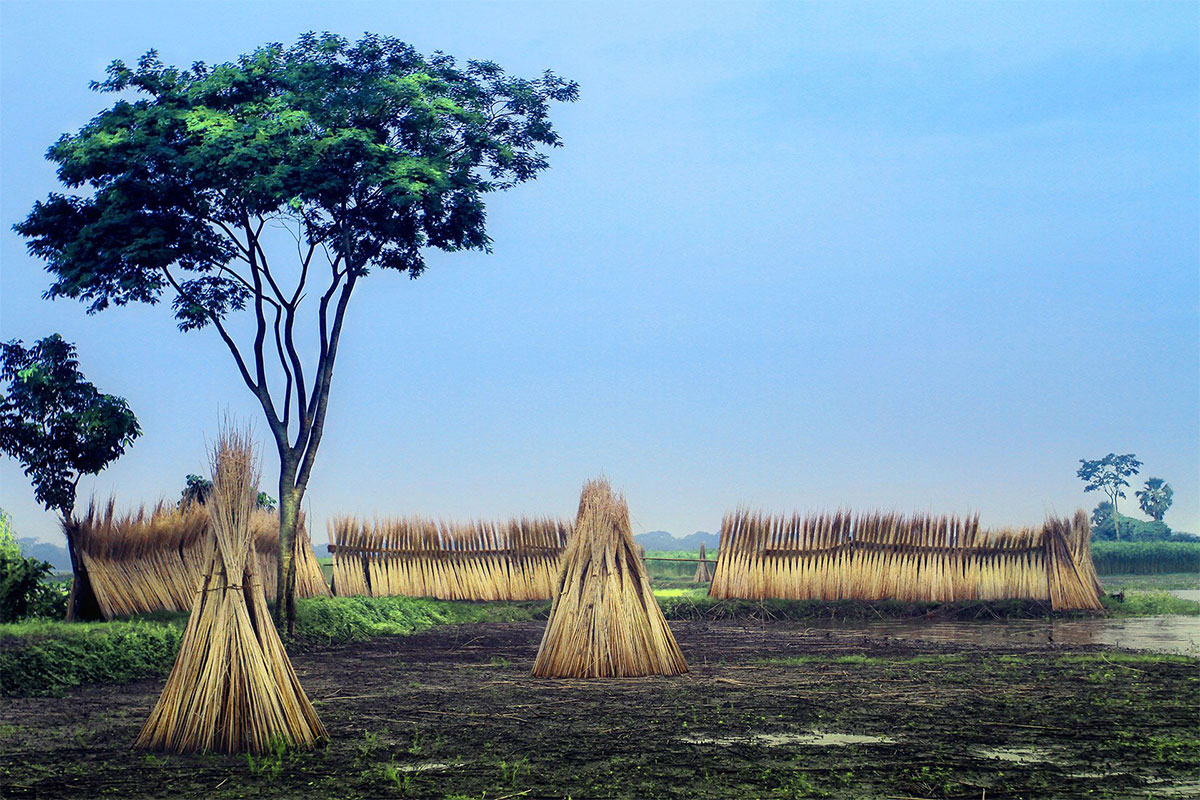
2015 Mazingira Challenge Winning Essay: Harnessing Youth Innovation and Creativity
A Lesson from Nature: Standing Beside Kenzo

[ Photo: www.sciencefocus.com ]
In a bid to encourage innovation and creativity in the youth of a developing country and continent, I believe the sky and beyond, is the limit. The youth of both Kenya and Africa stand on the brink of creating a revolution, one that will bring resourcefulness, change and above all development, hence the importance of harnessing their talents. This is why I would like to share; Kenzo’s story.
One of the most profound lessons we learn from nature – among the many we so often encounter – is that the butterfly, in all its beauty and splendor, was never born a butterfly. At some point in time it was a caterpillar and I’m sure you agree with me as I testify that caterpillars, on the other hand, are not the most attractive animals, but nevertheless, nature uses this fact to teach us a lesson; like the caterpillar who at the early stages of its life was not beautiful to look at, the youth – especially those in Africa – who have not yet as fully expressed their innovative and creative talents, still have the potential of being beautiful like the butterfly, though all odds may seem against them.
The transformation from a caterpillar to a butterfly is a process, which again comes to show that nothing ever really comes easy. It takes hard work, commitment and someone who is willing to go that extra mile, to step out of their comfort zone in order for a new development strategy to be successful. The cocooning process similarly is not an easy nor is it an attractive process, the caterpillar, for a period of time, is subjected to changes from the norm so that it can one day express its beauty in the form of a butterfly, and here is yet another lesson that youth and many others who aspire to be successful must learn.
Africa longs and thirsts for a generation full of youth who are creative and innovative in everything they do. If we choose to develop in the best way possible, then we need to invest in our youth. It has been said that; “There is no doubt that creativity is the most important human resource of all. Without creativity, there would be no progress, and we would forever be repeating the same patterns… innovation consists largely of rearranging what we know in order to find out what we don’t know. Hence, to think creatively, we must be able to look afresh at what we normally take for granted.”
But my question is: how? How can we break the shells that seem to have plagued the minds of today’s younger generations so that this treasure house of creativity can be tapped for the good of Africa’s present and future?
The answer to the above question, is one that many have long waited for because the answer undoubtedly will solve a lot of global problems faced in the 21st Century, issues such as corruption, sustainable development, food insecurity, climate change and global warming, waste management, natural resource management, poverty and many others which puzzle Africa’s leader today.
Albert Einstein once said that; “We cannot solve problems with the same thinking we used when we created them.” So what I want to suggest is a probable answer to the question posed, and here is where little Kenzo comes in. Let us go back to nature and learn from our caterpillar theory, and I suggest we call her – the caterpillar – Kenzo. As we all know, Kenzo is born a caterpillar and not a butterfly, youth today who are often referred to as the future of a nation, strikingly resemble Kenzo. Though this may be true, I believe that we need not worry because Africa like Kenzo is still youthful, she, unlike many other continents, have the potential to be great considering all the natural resources Africa has. Here is where the youth today stand; between the caterpillar stage and the stage that leads to the blossoming of a butterfly, they stand in a cocoon, one that determines whether our transitioning process will lead to new heights.

[Metamorphosis stages of a Butterfly. Photo: www3.canisius.edu]
The good news is; there have been strategies geared toward empowering the youth while the bad news is that efforts that have been put forward for solving this issue have largely been unsuccessful. I have attended and sat through lectures and talks in halls where the speaker focuses extensively on how tomorrow’s future lies in the hands of youth today and, don’t get me wrong because the talks have been eye-opening and deeply inspiring but sadly, when the halls are cleared and everyone is gone a loud silence rings in the ears of that youth who, a few moments ago had felt the passion stand and do that which has never been done. Having two-hour talks and week-long seminars on youth innovation and creativity may help the immediate problems that the youth of Africa currently face, but it definitely will not solve the future challenges. Here, is where I see a loophole. Unlike the cocoon which serves to hold on to youthful Kenzo for a period of time as she shifts from a caterpillar to a butterfly, I believe that current and subsequent generation have and will fail to harness and embrace the ideas present in the minds of today’s youth while the talents of yesterday’s youth might have already been buried six feet under.
If we work toward encouraging the younger generations, stressing how relevant they are then we have only begun scratching the surface on how far they are able to go. If we hold their hands as the cocoon holds on to the butterfly while it grows and matures, we begin solving the problem. We must no longer speak in forums about a path that exists, a path that allows youth to be creative but instead, we should push them toward that path and guide them as they seek to find and walk therein. Then and only then will we see more 13 year old Maasai boys like Richard Turere making CNN headlines after finding an innovative solution to protect his family cattle from lions by inventing ‘Lion Lights’ using his Father’s car battery and Kelvin Doe from Sierra Leone, a self-taught engineer who made an FM radio station and a generator at the age of 13 using scrap metal that he found. Ideas such as M-Pesa and M-Kopa Solar which make a difference in people’s lives and gain global recognition will bring change while university students in Kenya invent mobile phone applications such as M-Calc which assist farmers to optimize production and reduce losses in a bid to enhance food security.
If we become the cocoon that works to harness the developing caterpillar as she matures and grows, the fear that has made innovation appear like a struggle will be destroyed and those who wish to be creative will be encouraged to express their ideas. The ‘system’ that we have so long tolerated has oppressed innovation and has failed to embraced creativity. Even as youth aspire for white collar jobs, let them be motivated to break free from their shells and go in search of their own endeavors, let them be taught how to express themselves rather than what is expected of them. Long term projects and strategies that aim at holding Kenzo’s hand, I believe is the strongest and most effective way to achieve originality in youth today. Programs such as Innovate Kenya which empower and encourage youth to solve problems in their community and Incubation Hubs which develop ideas, if enhanced will bring positive results.
Once we learn from the simple lessons that nature offers, that the role a cocoon plays contributes immensely to the maturity, growth and blossoming stage of a butterfly then we begin to break the barriers that restrain us and find better ways to harness talent. If we place Kenzo in a cocoon and be by her side while she matures, in our case; learns to be innovative and creative, then we have the solution for development.
Every individual is born with their own unique genetic makeup and while it is estimated that there are 200 million youth in Africa today aged between 15 and 24, most people might look and say: ‘200 million youth; 200 million dreams,’ but I look and say; ‘200 million youth, 200 million ideas’ ideas that if harnessed, will result in innovation, creativity, and development for Africa. So as the numerous and various butterfly species fly in the vast rainforests of Africa, let us take this lesson from nature itself that we may collectively work toward harnessing the ideas of innovative and creative youth who can create a sustainable and beautiful tomorrow.

[ Rainforest Butterflies. Photo: www.wilmingtonparent.com/events/butterfly-release/ ]



